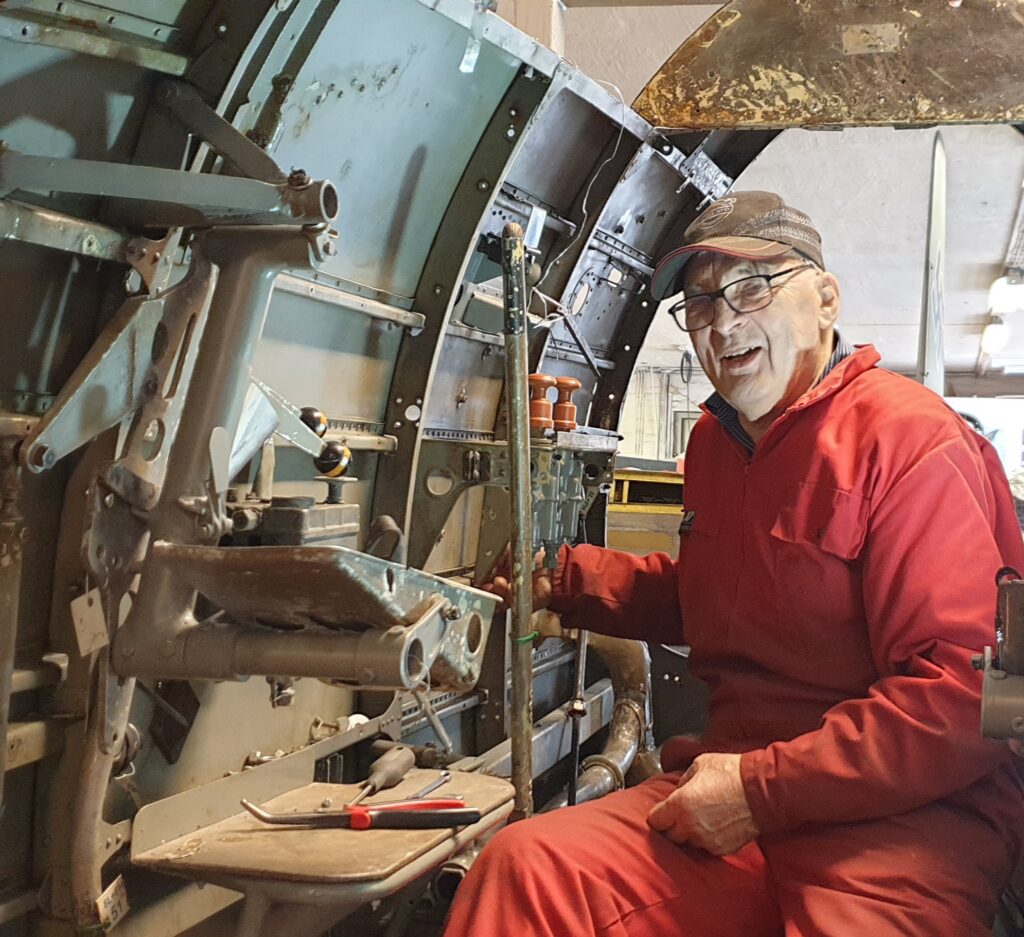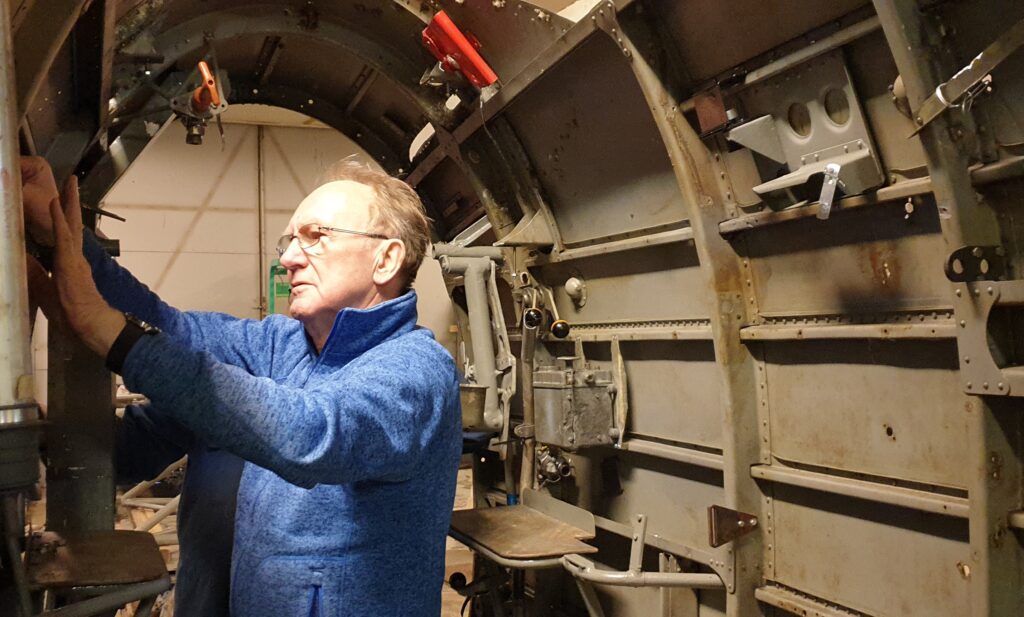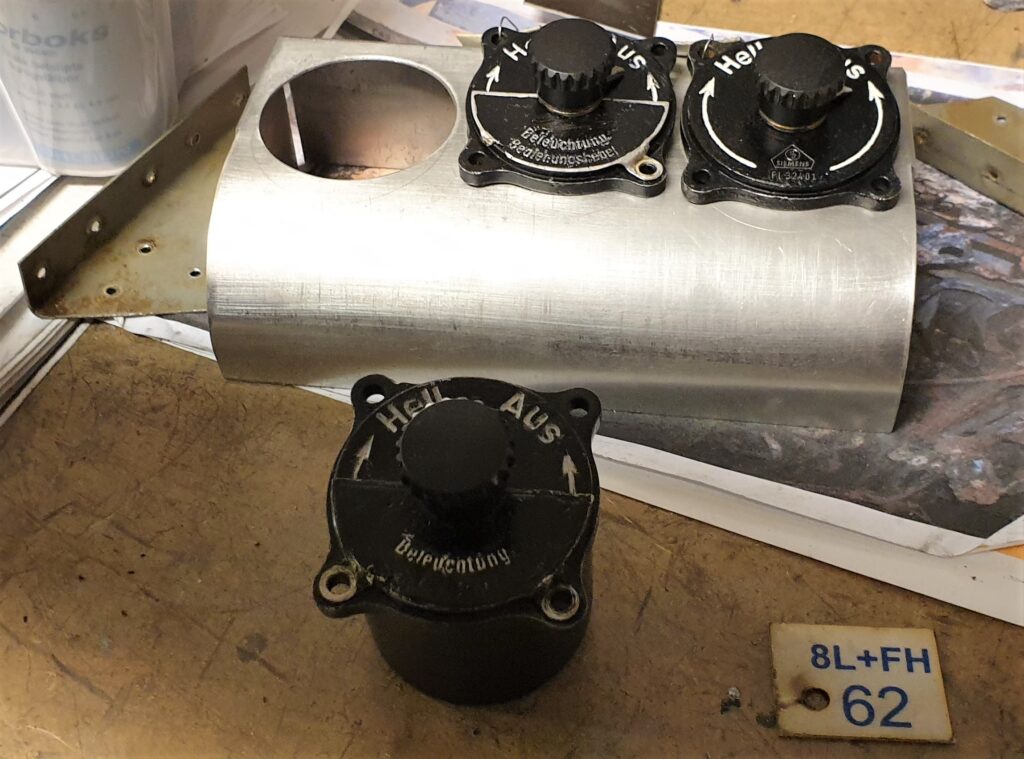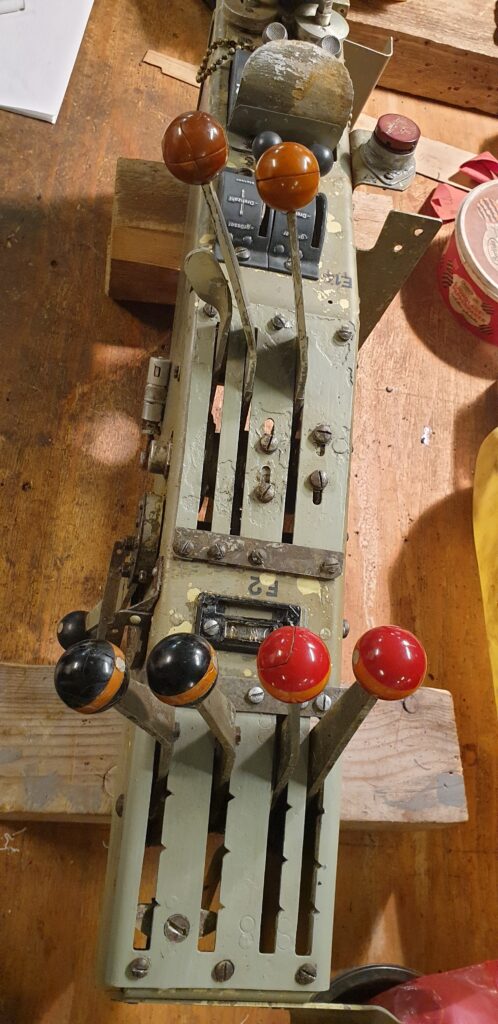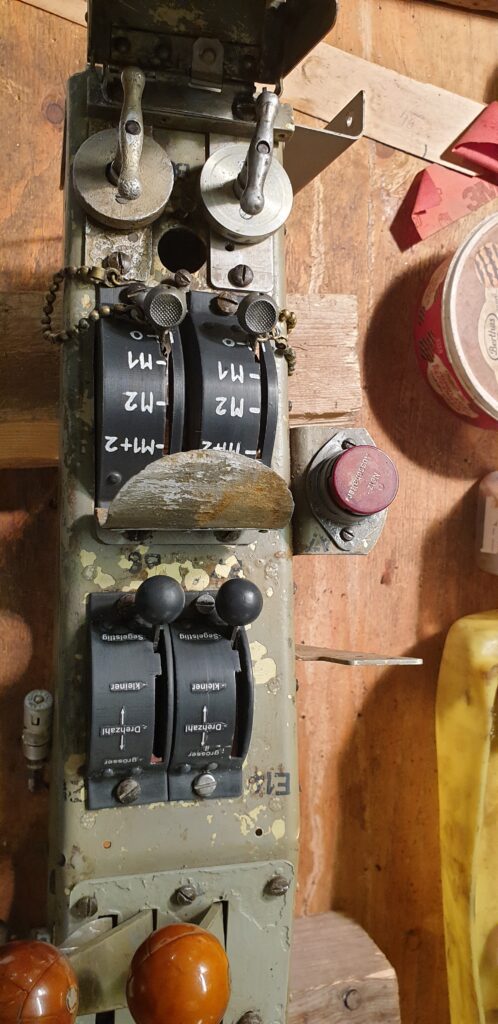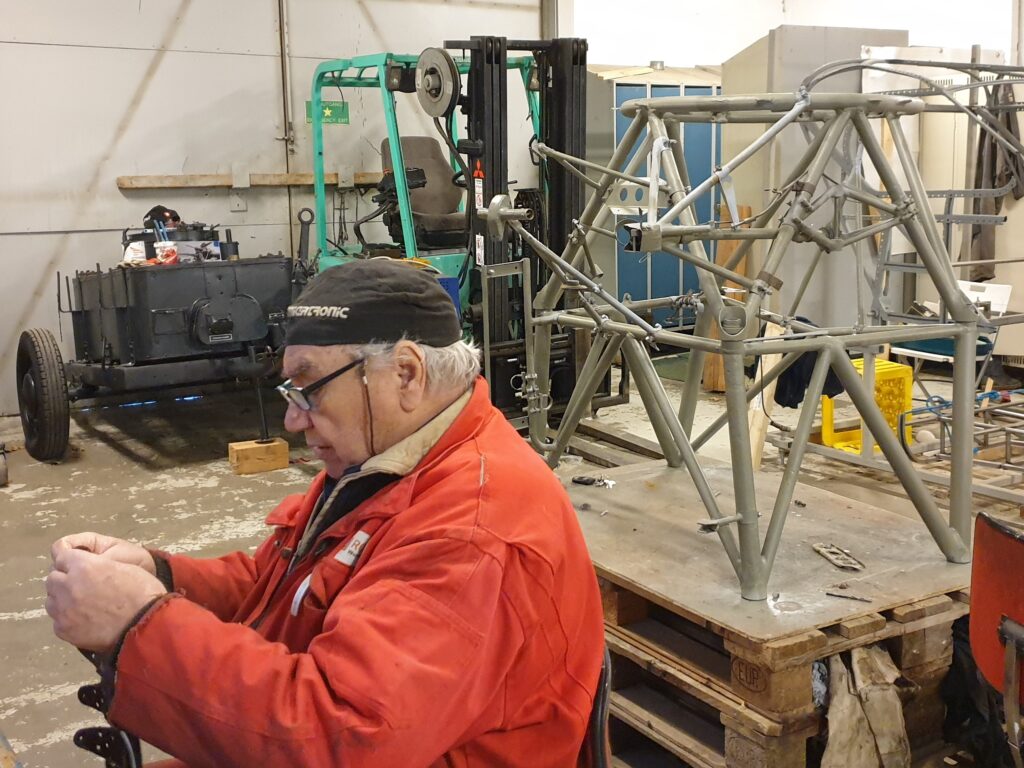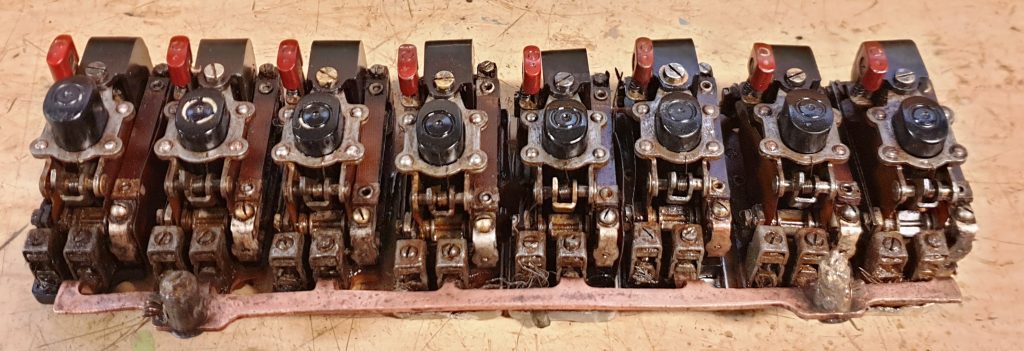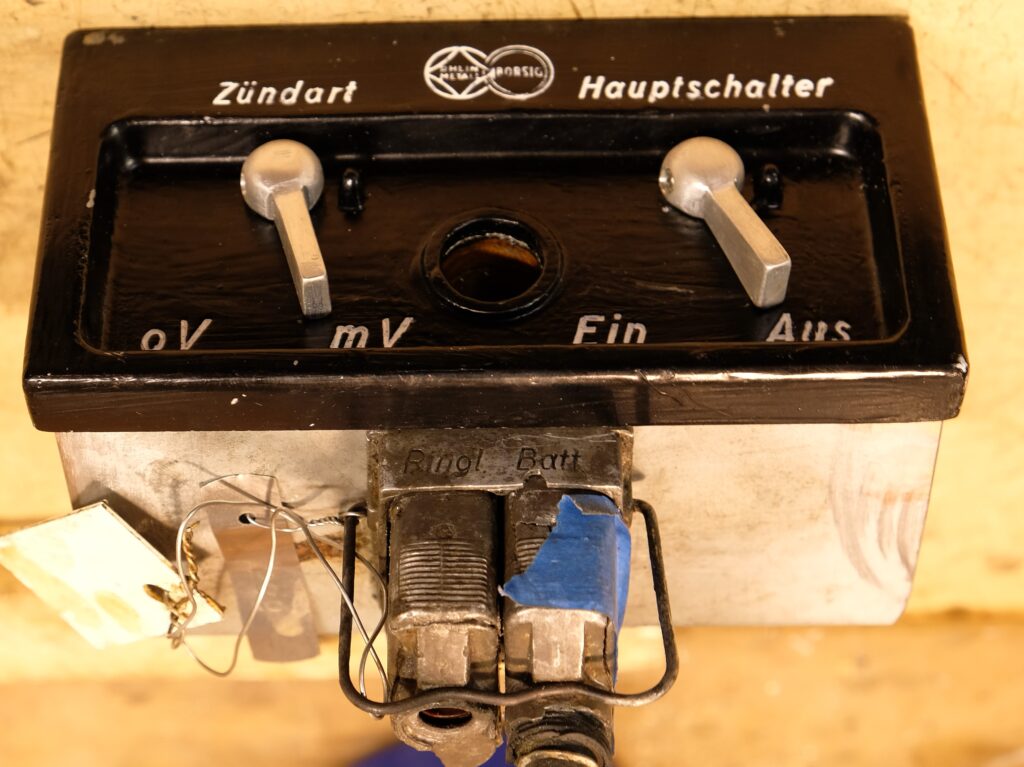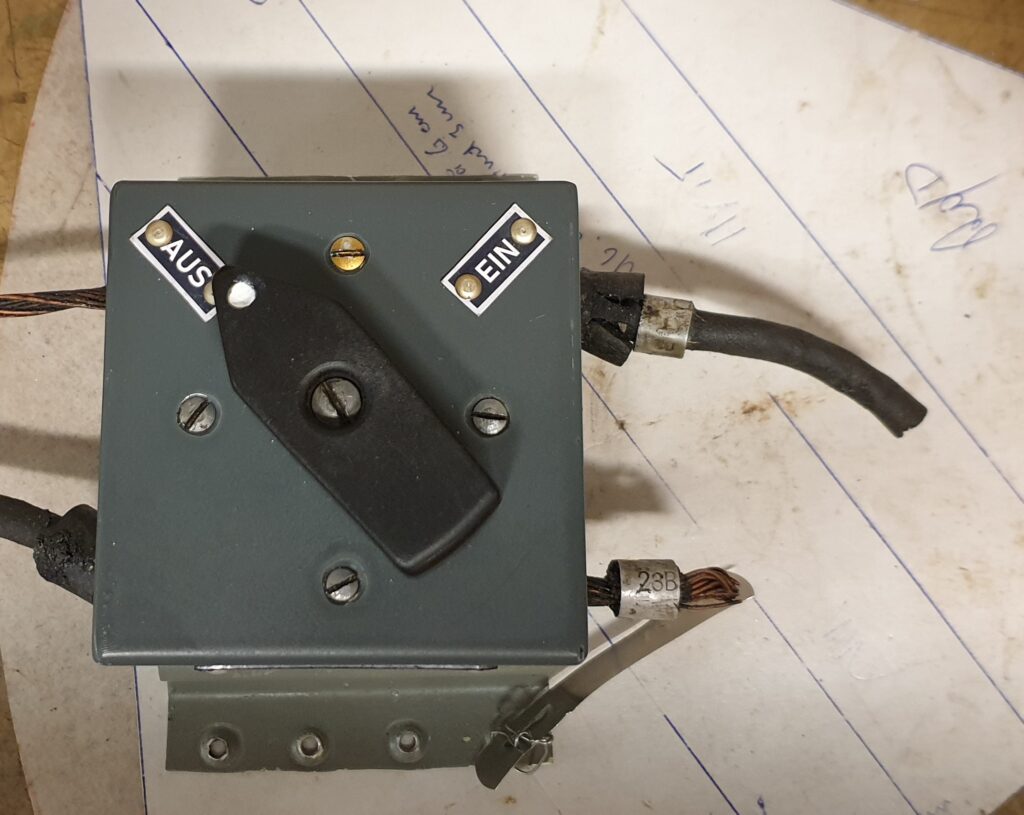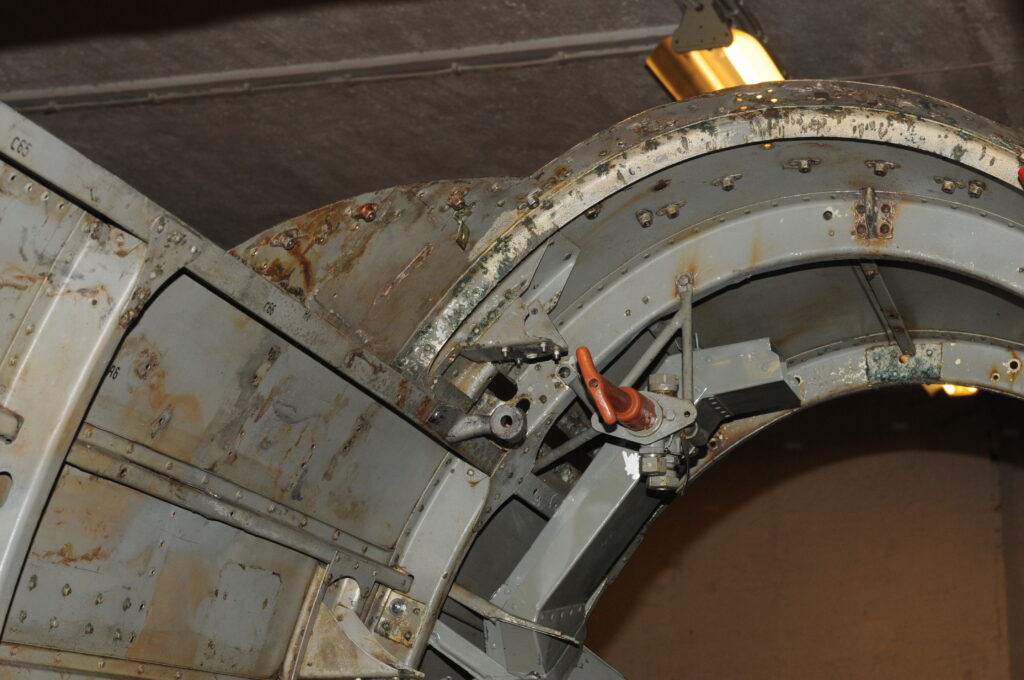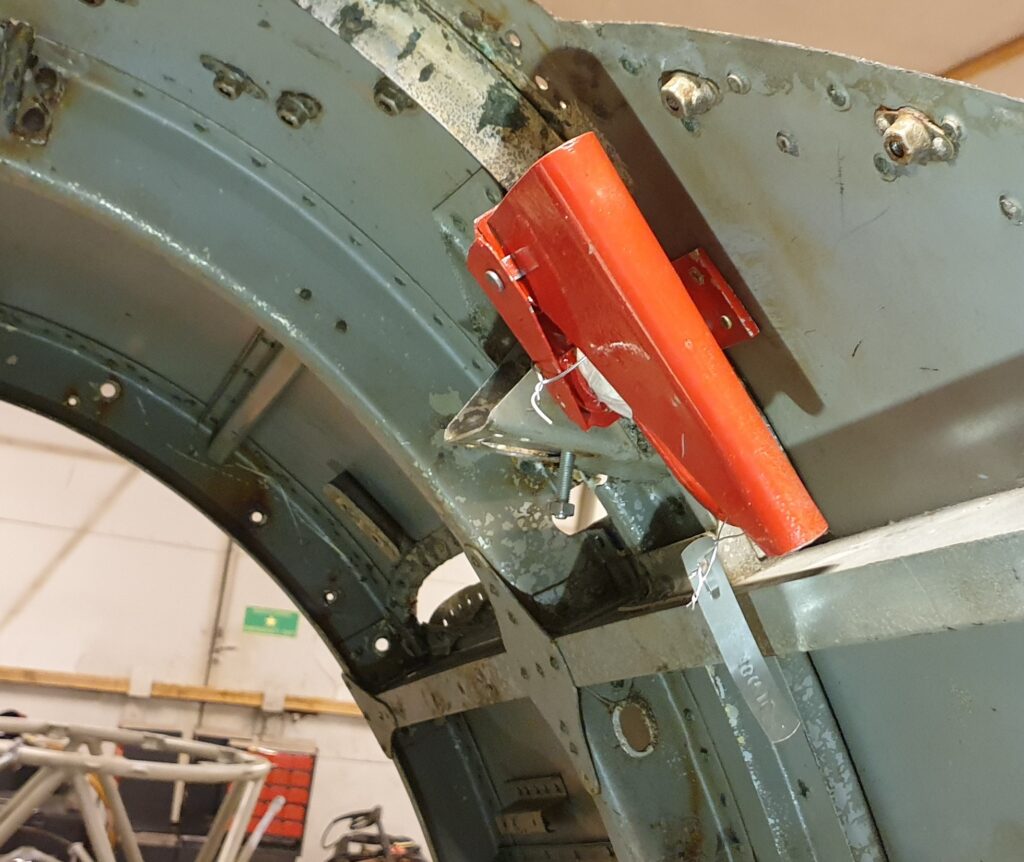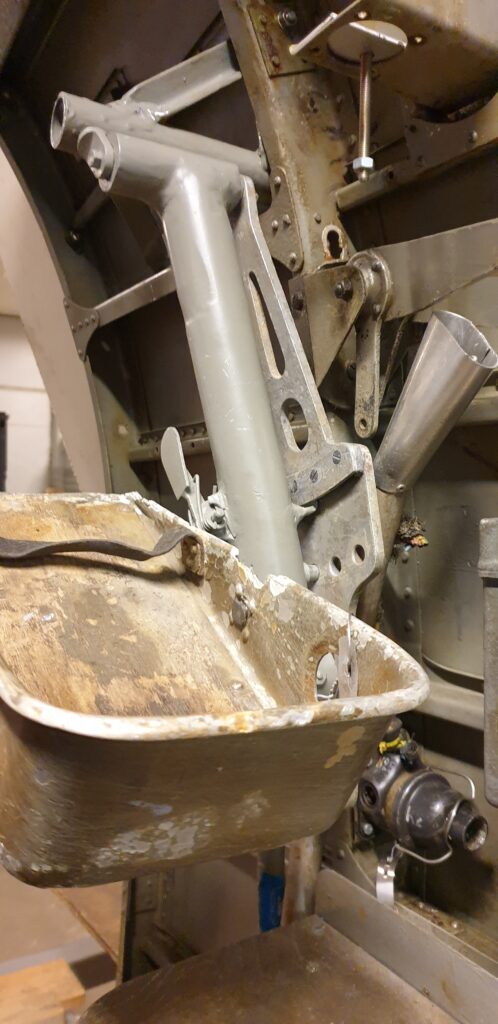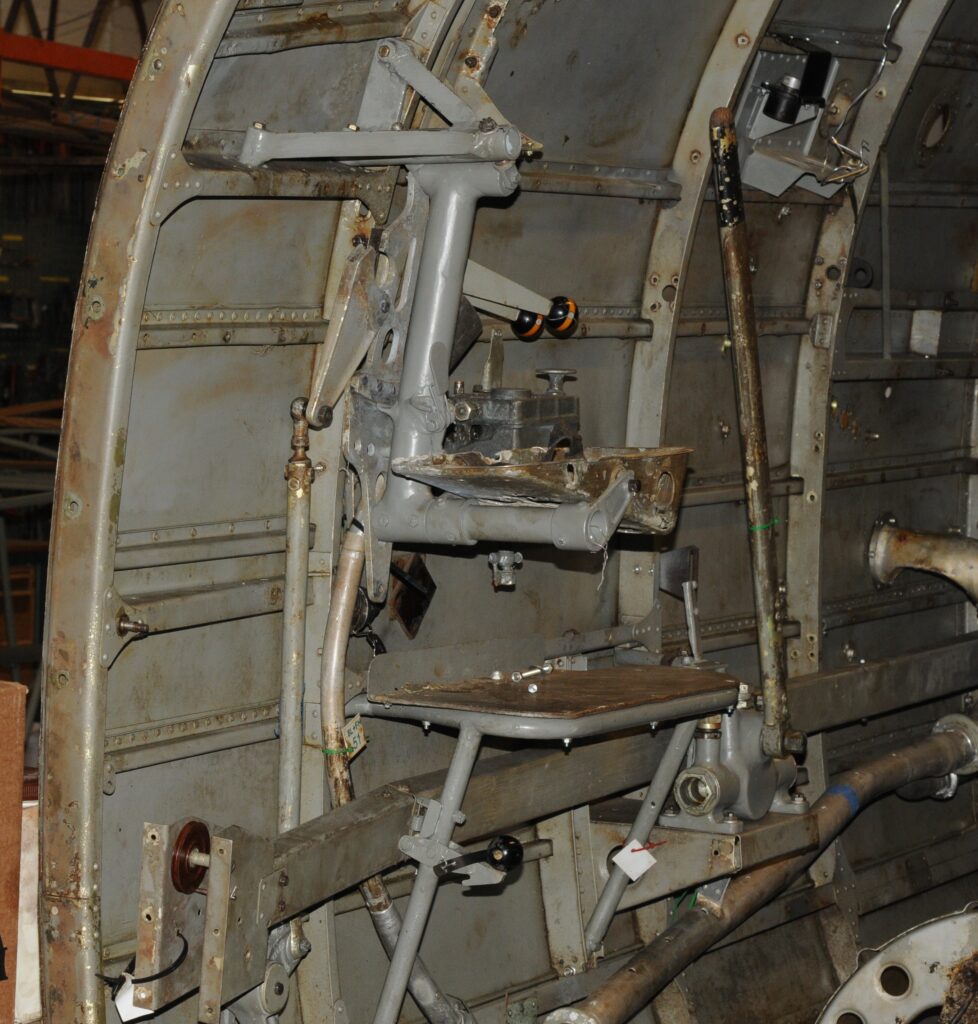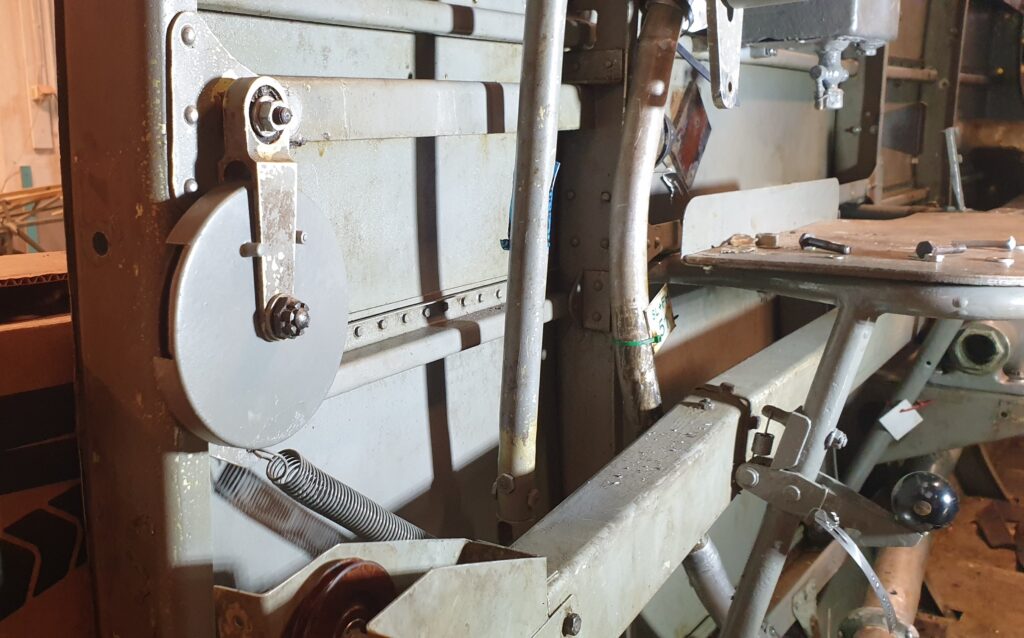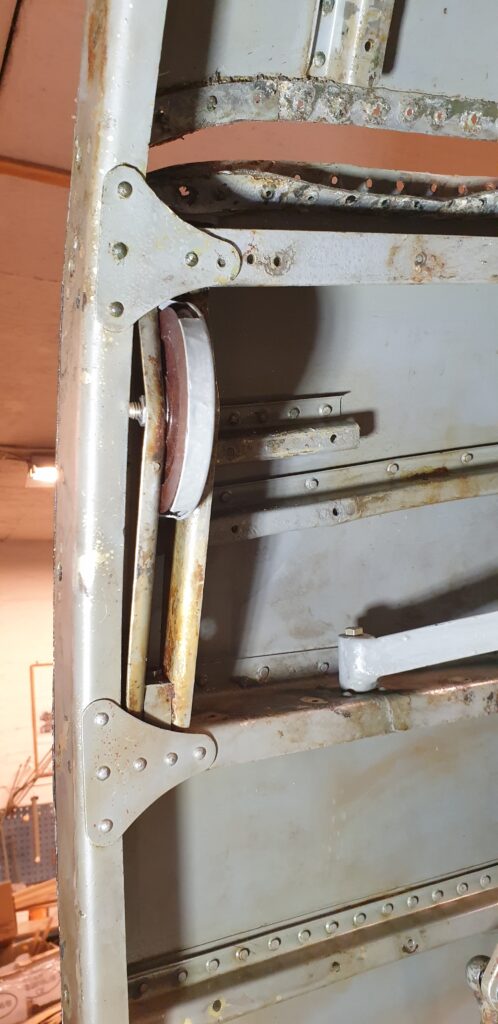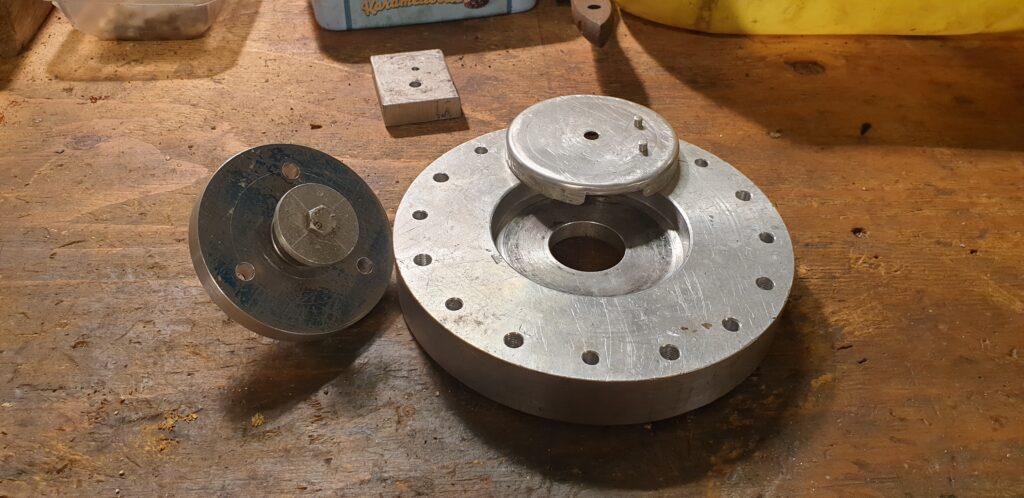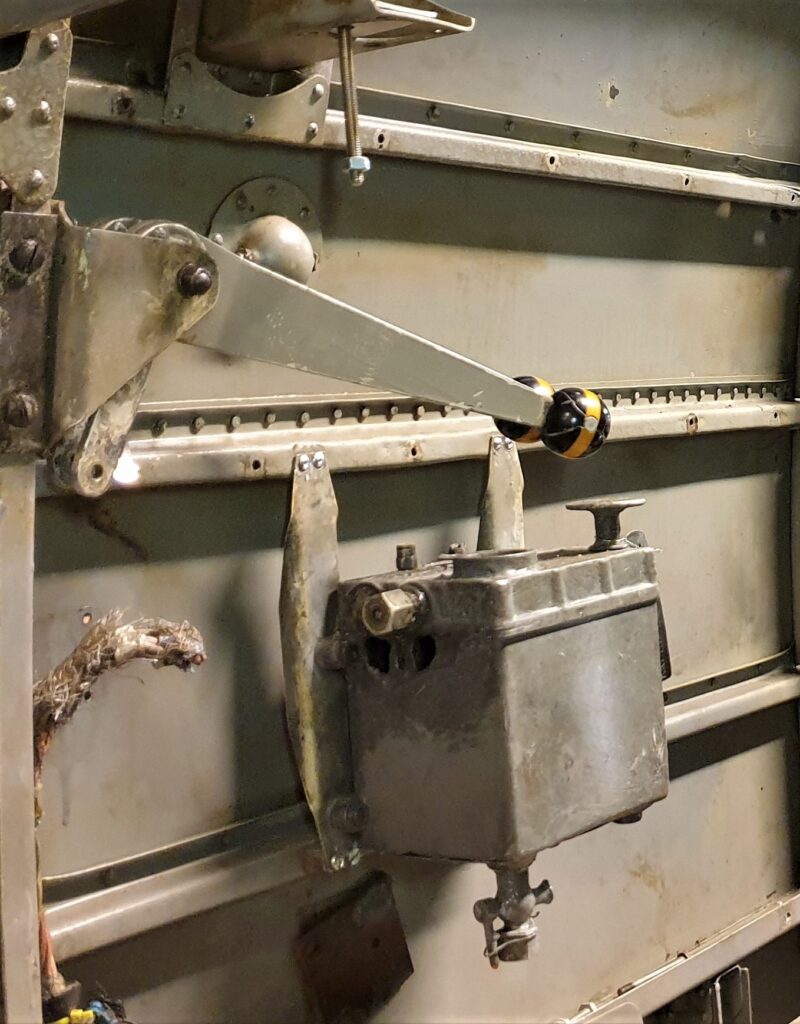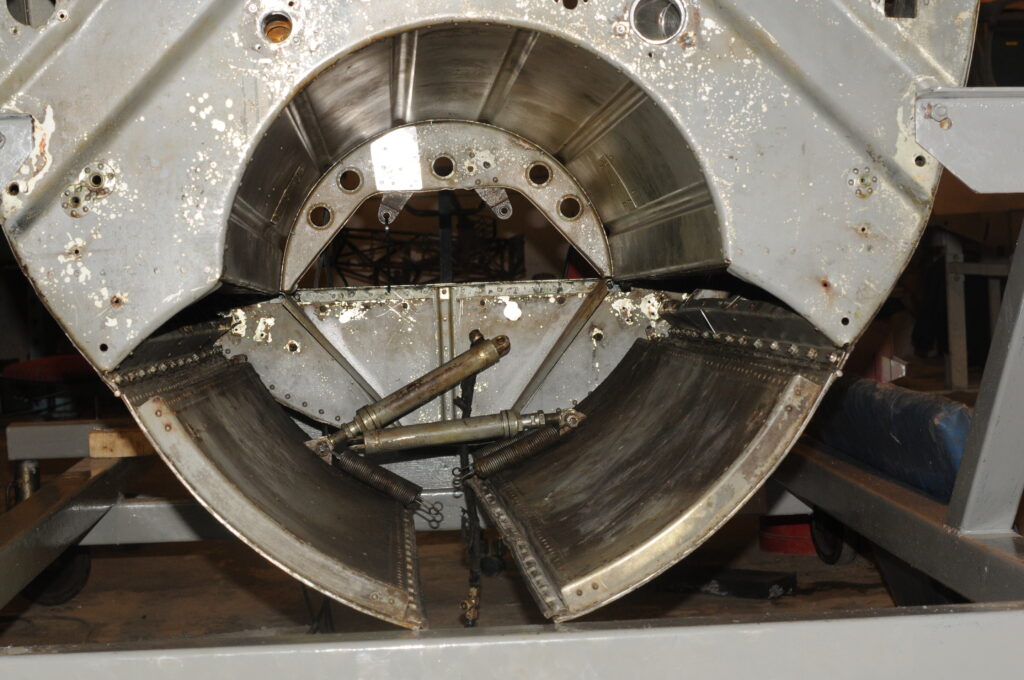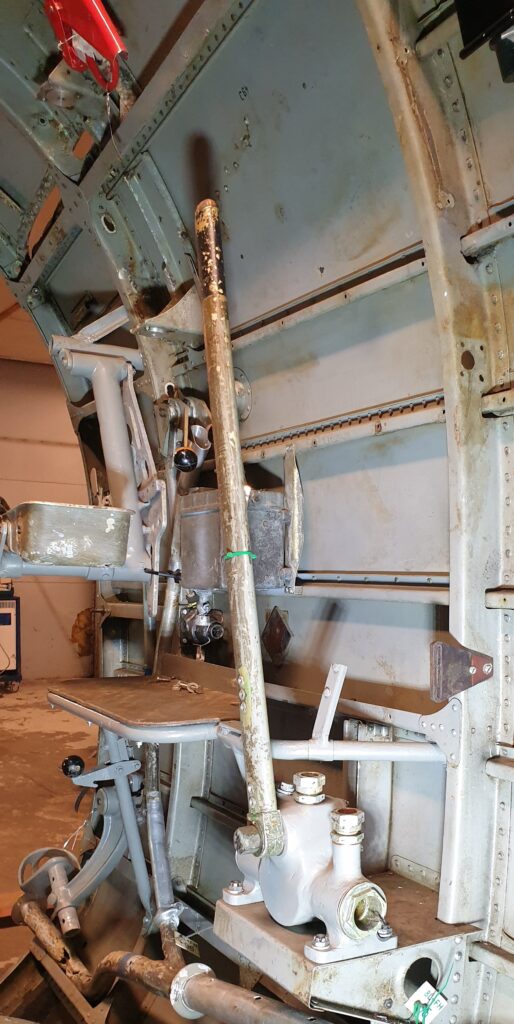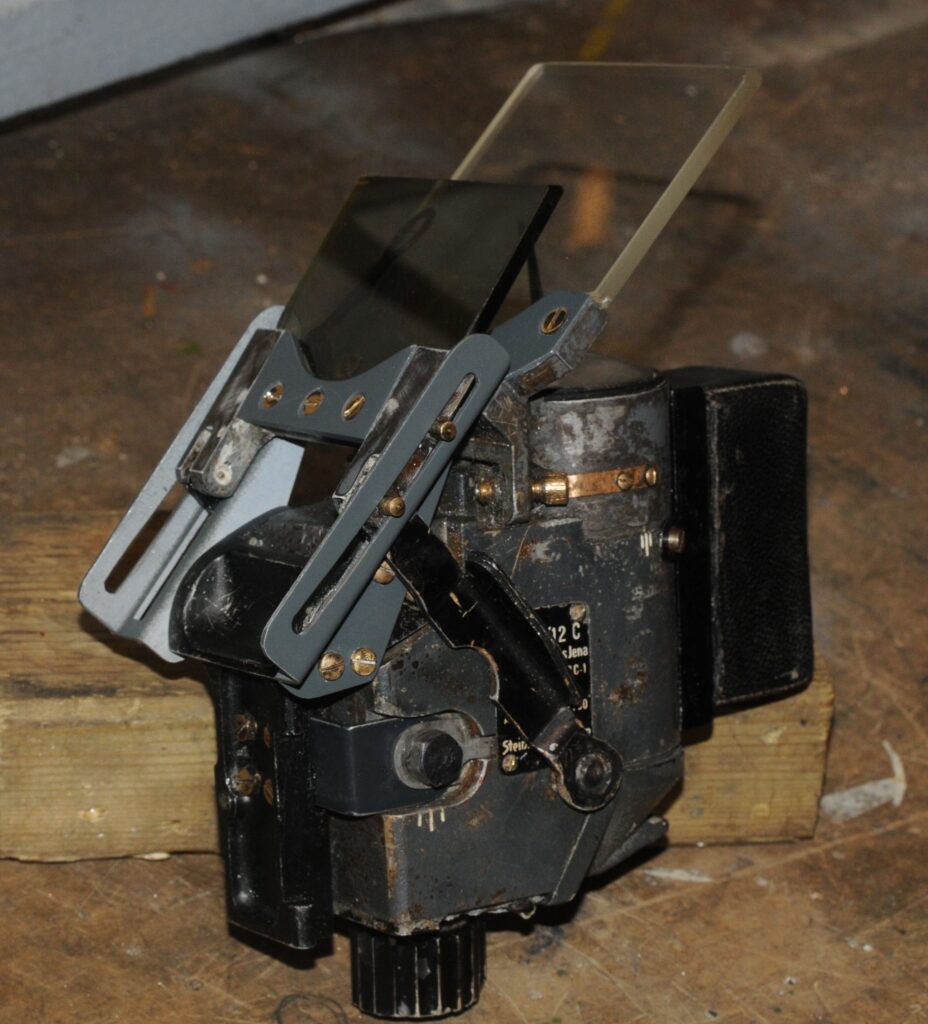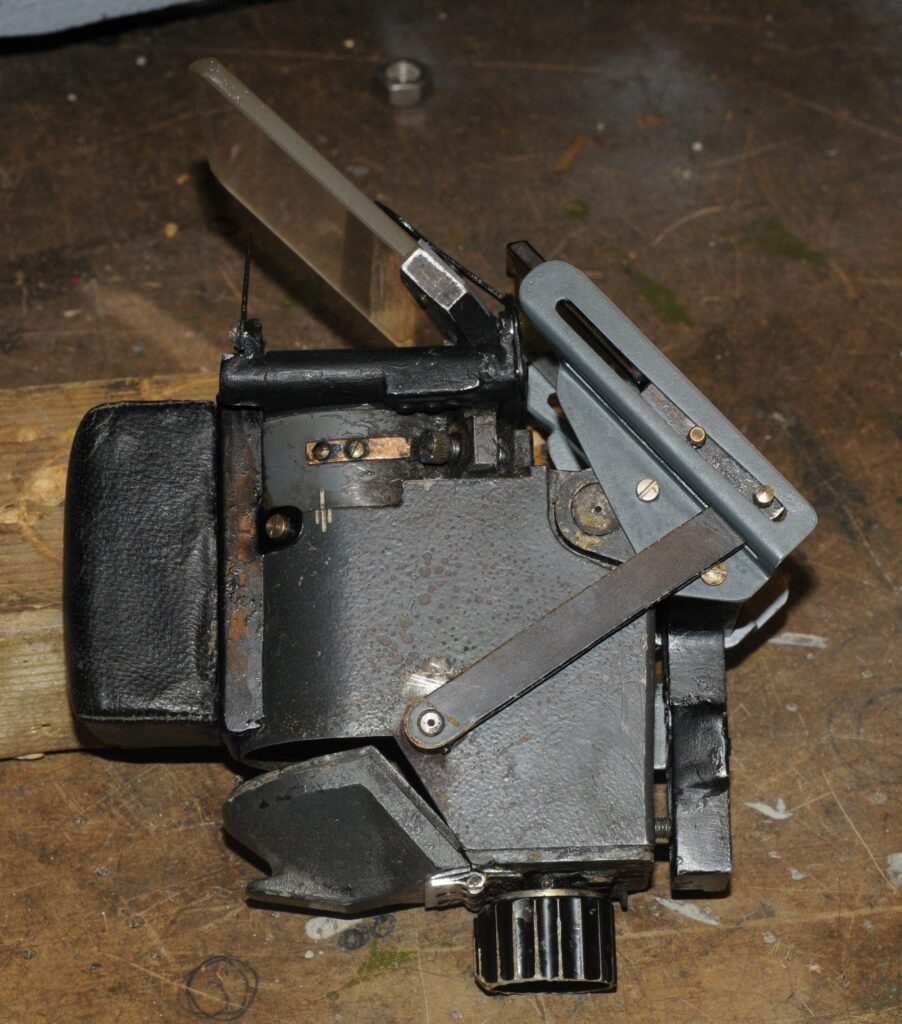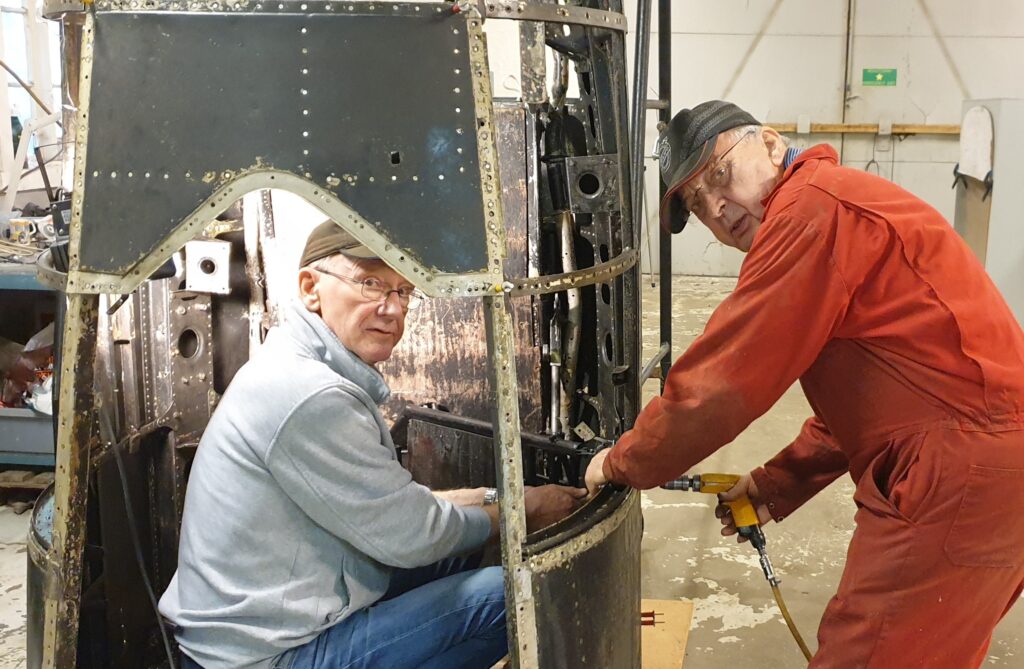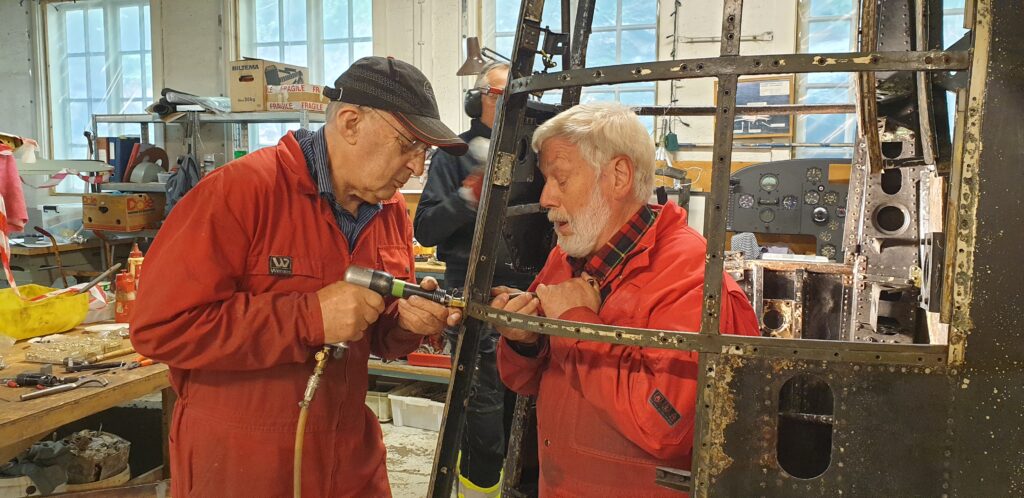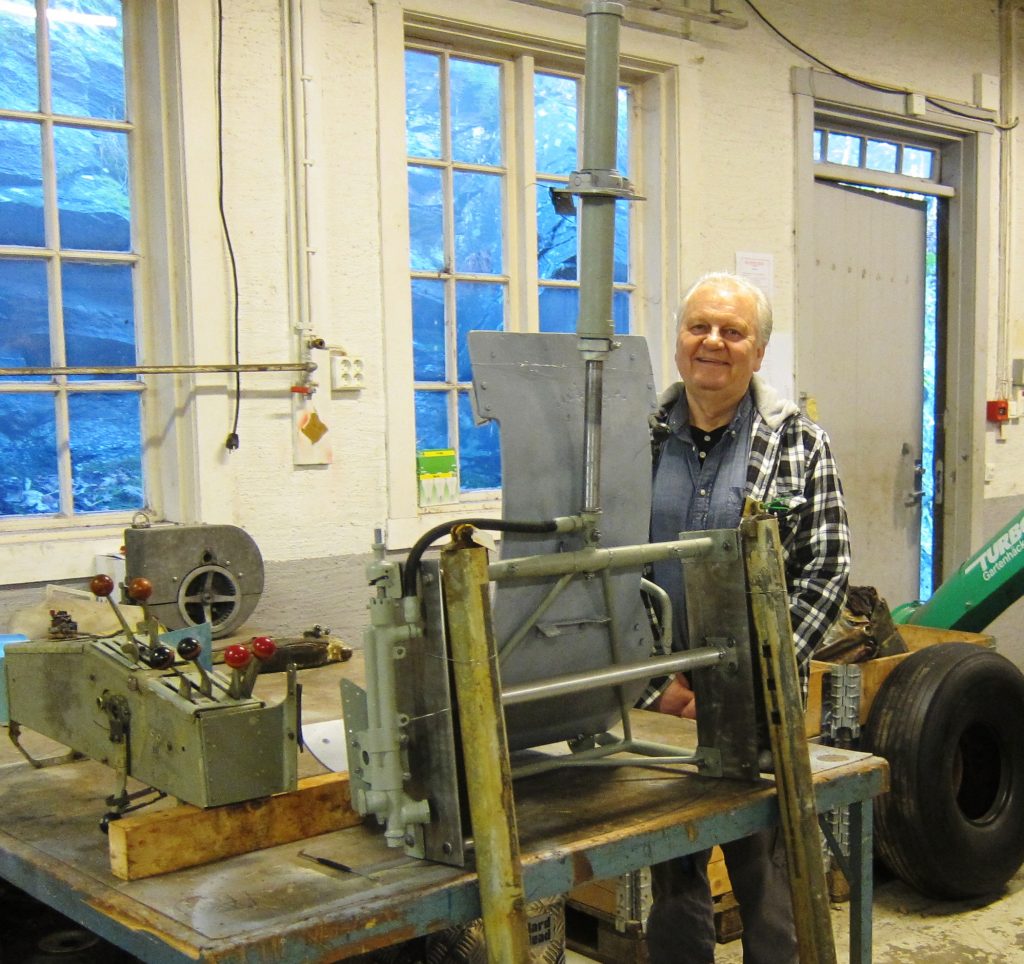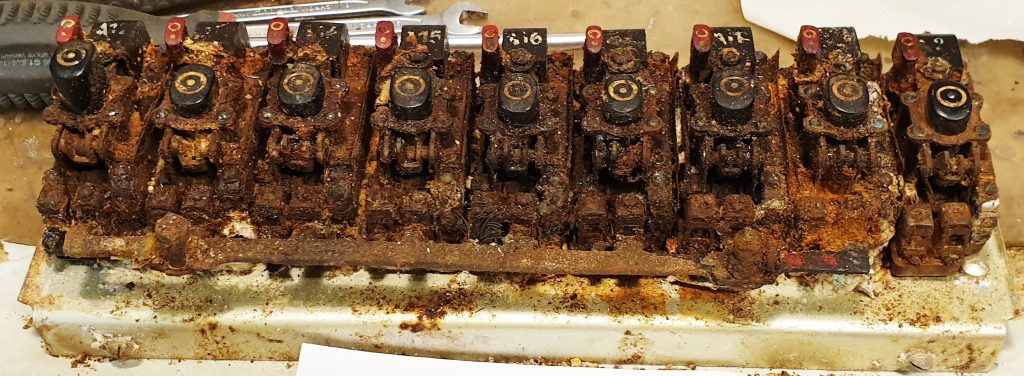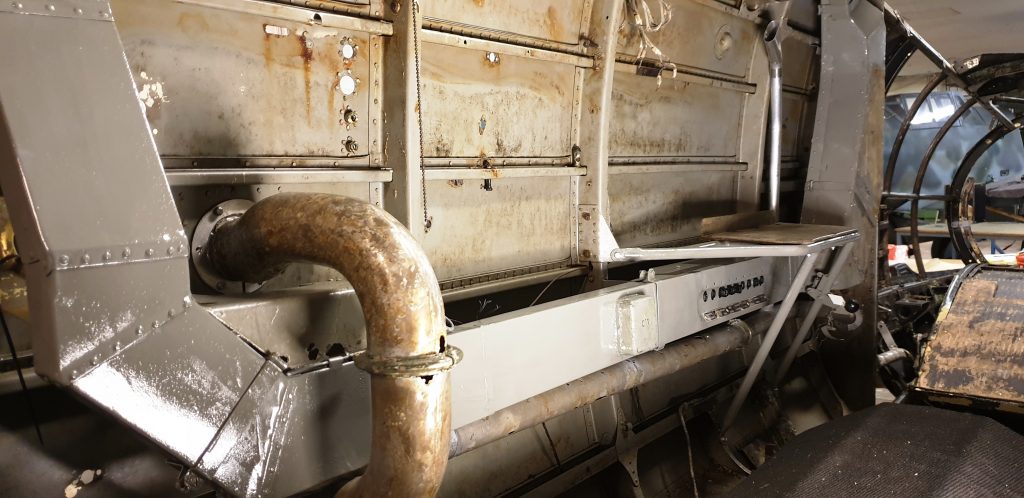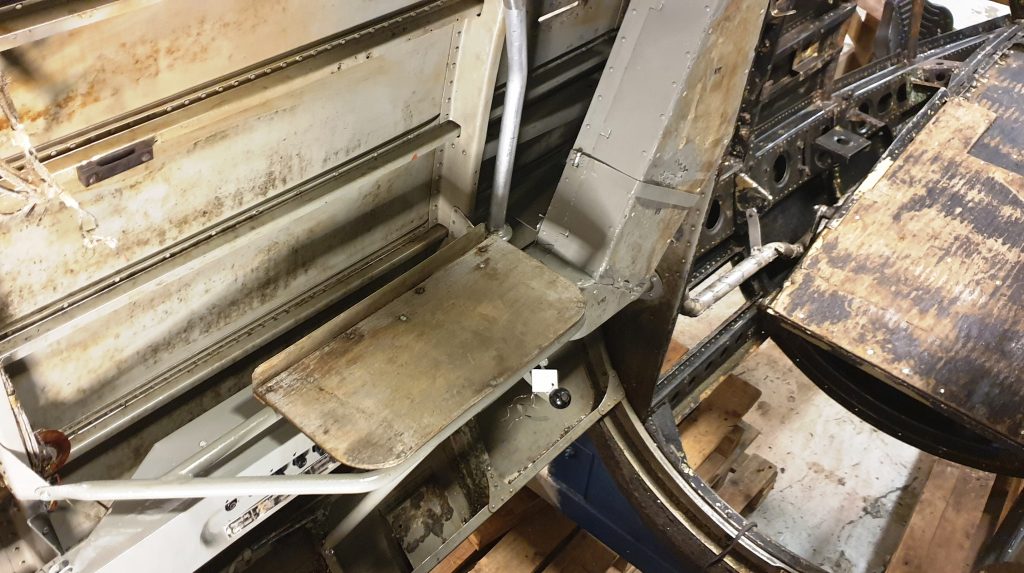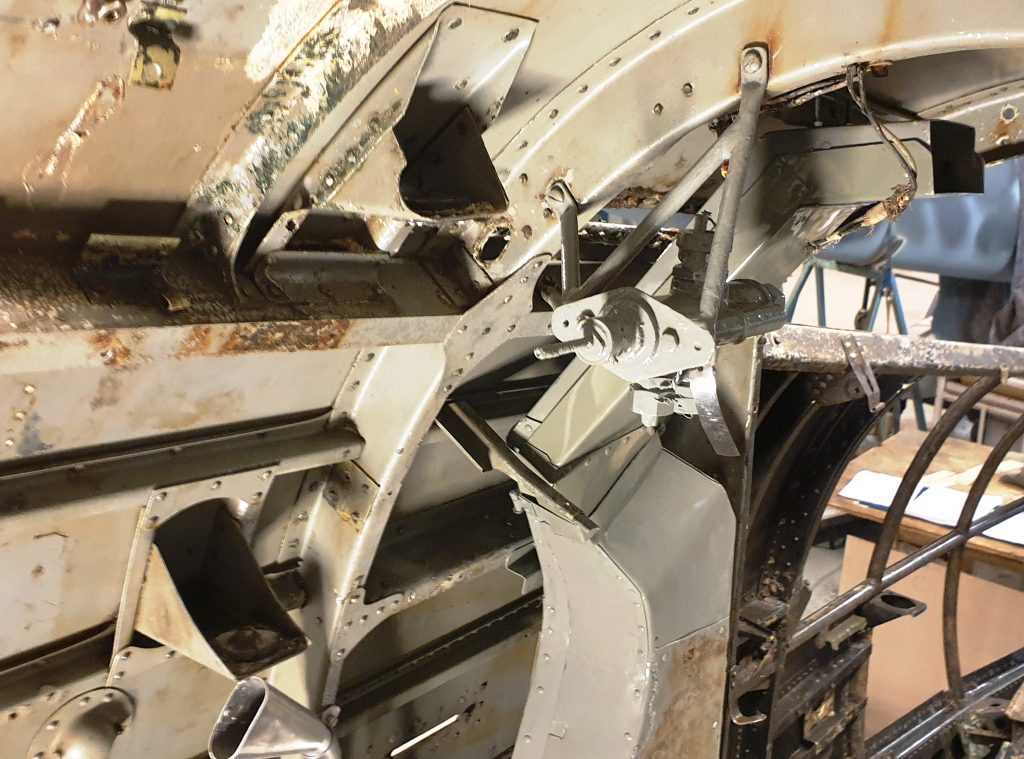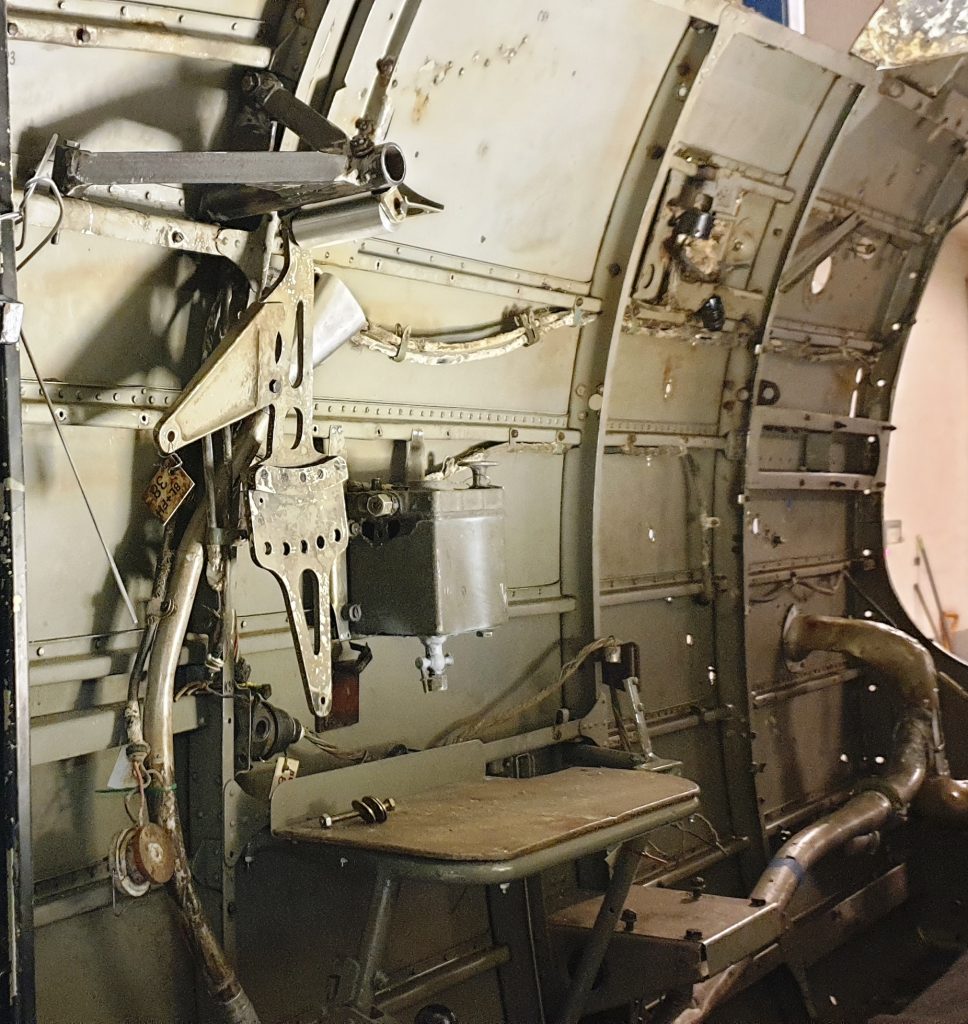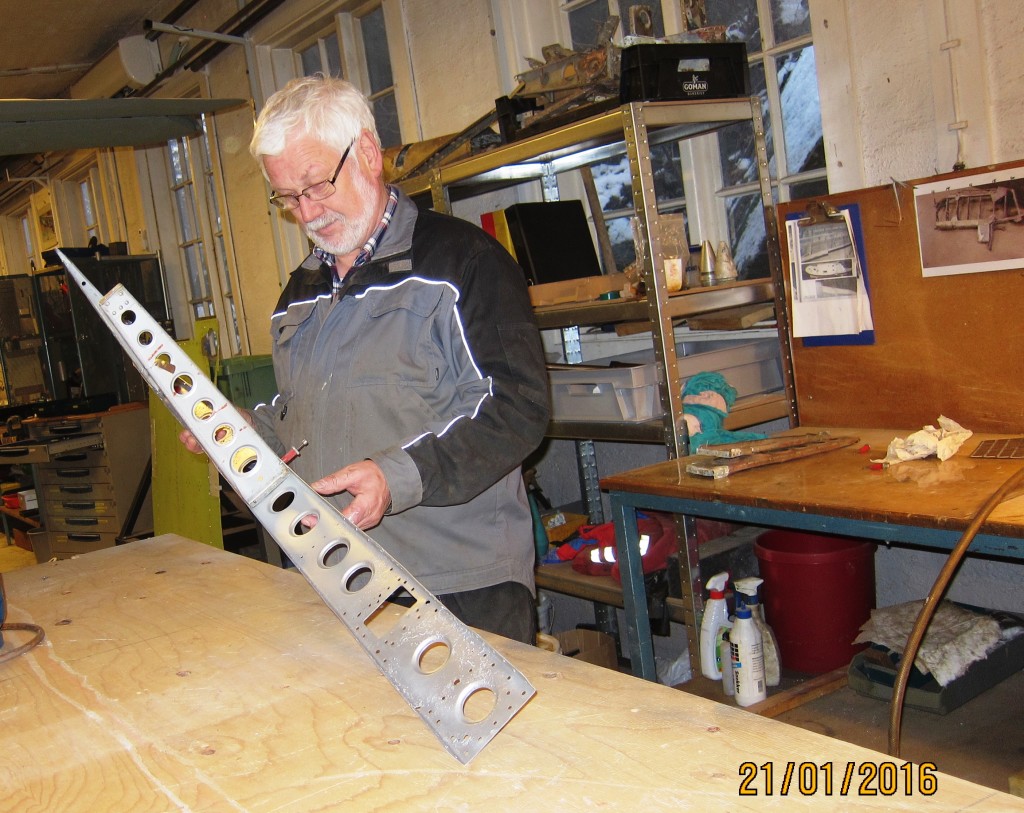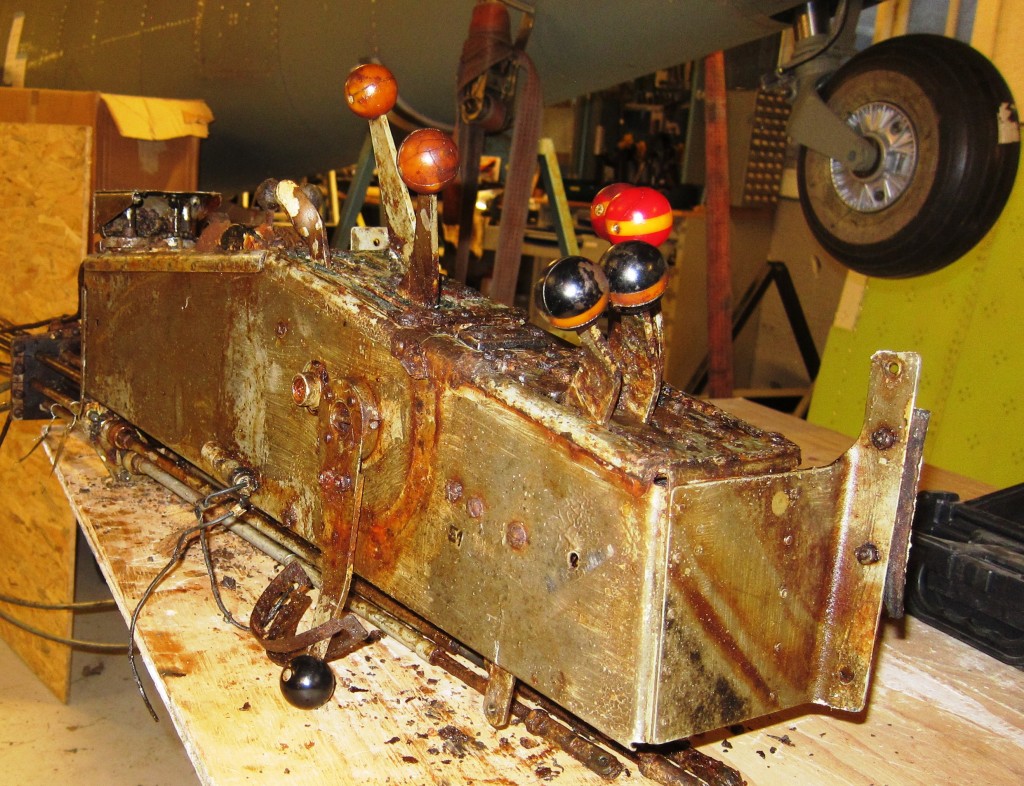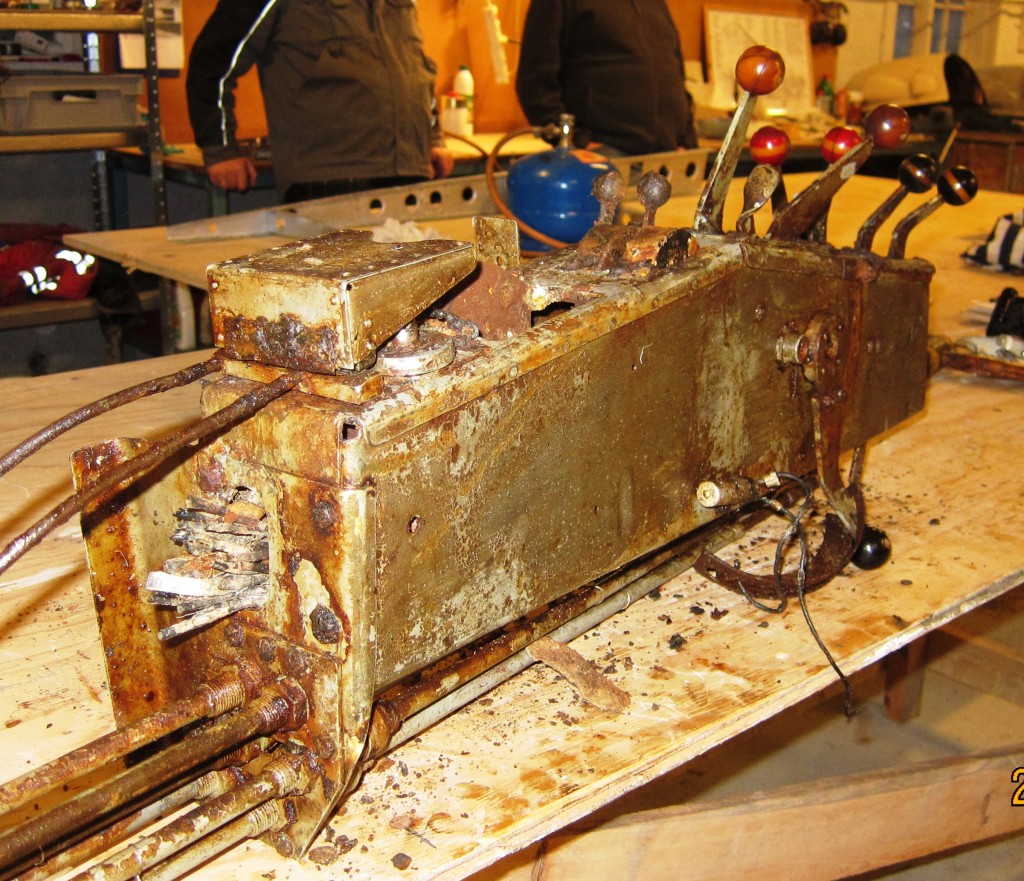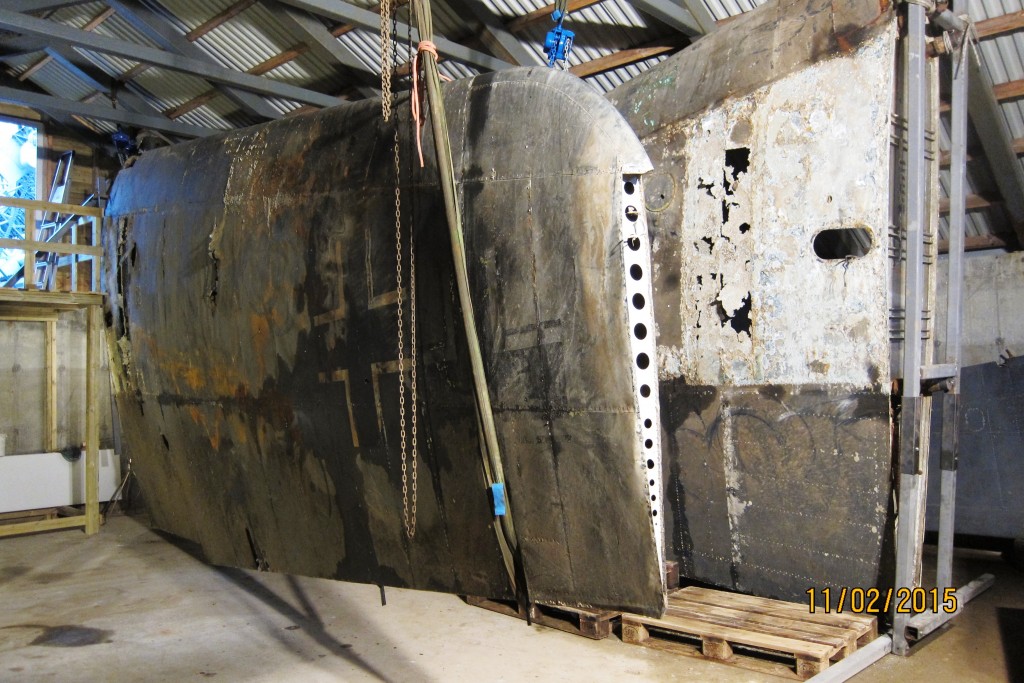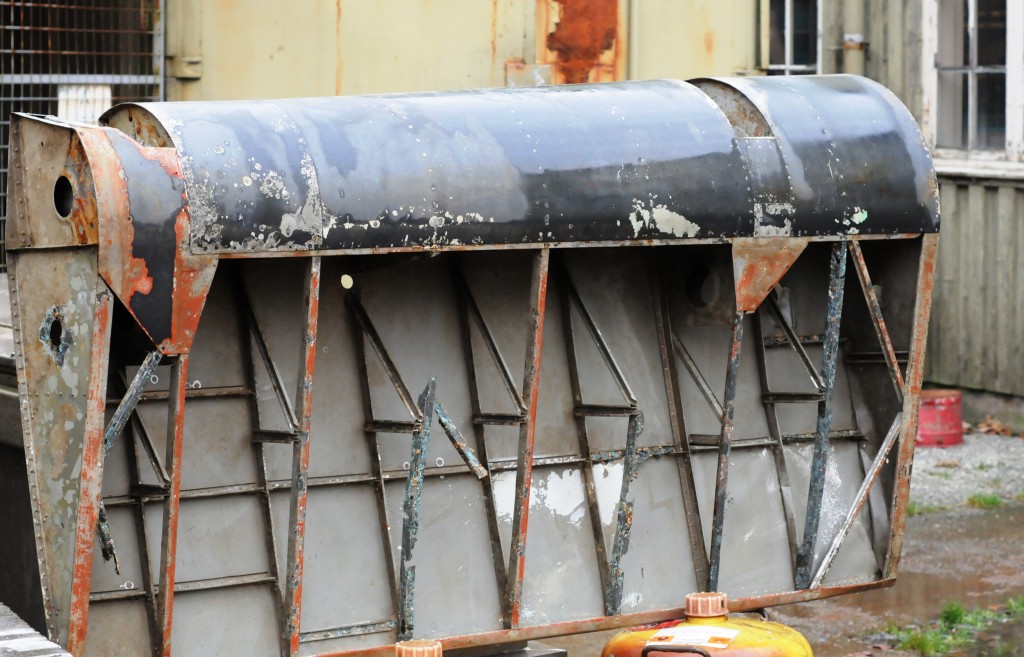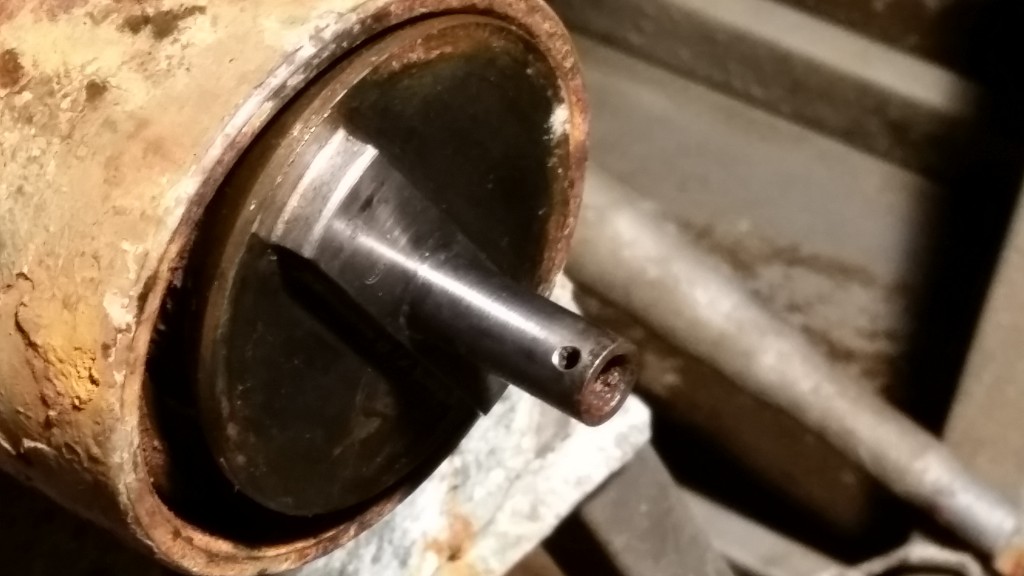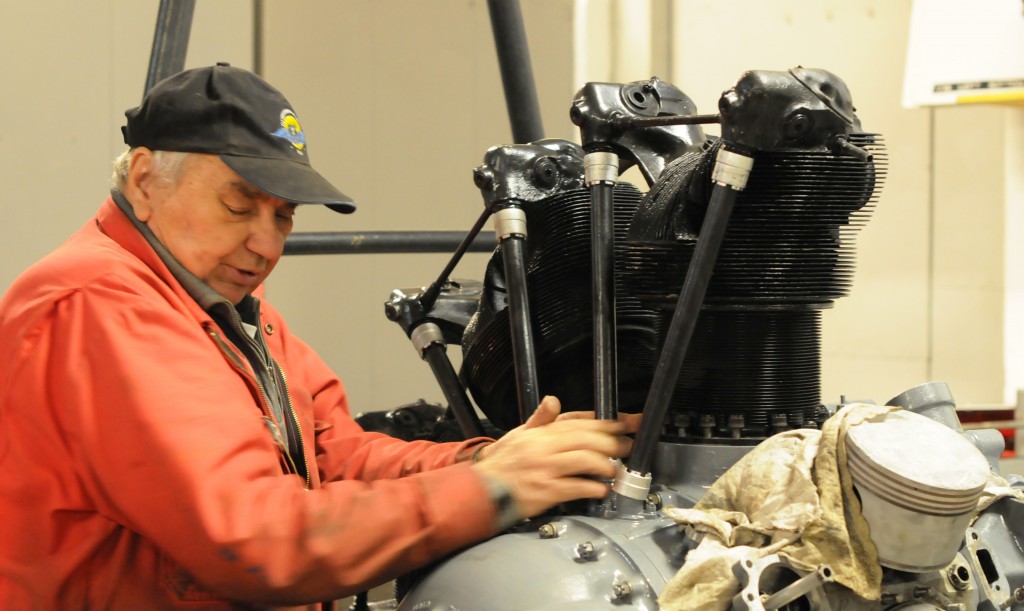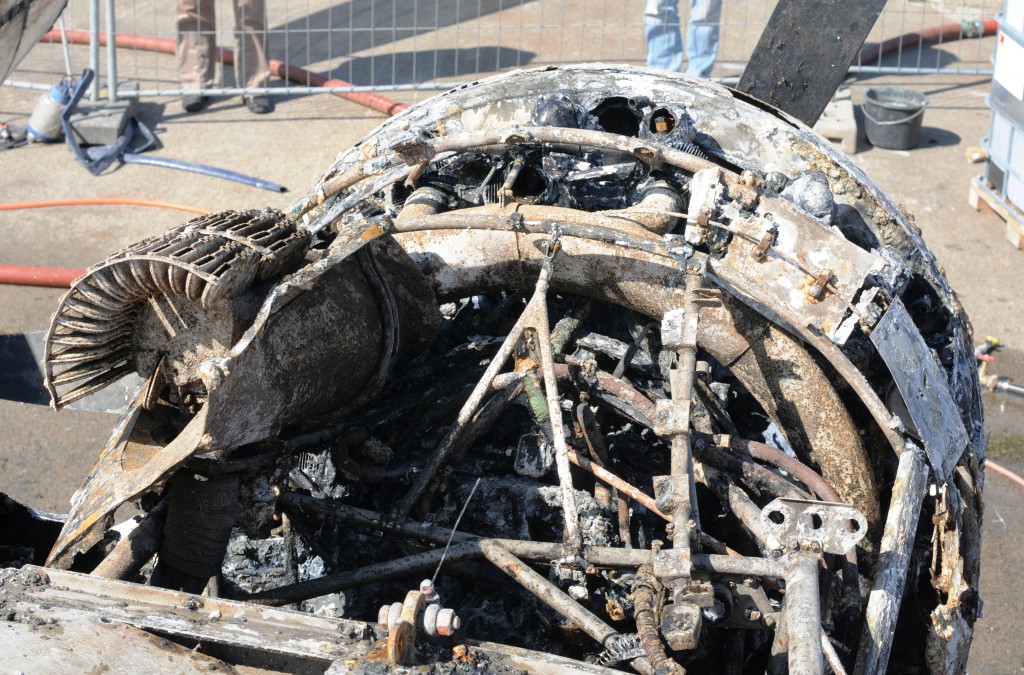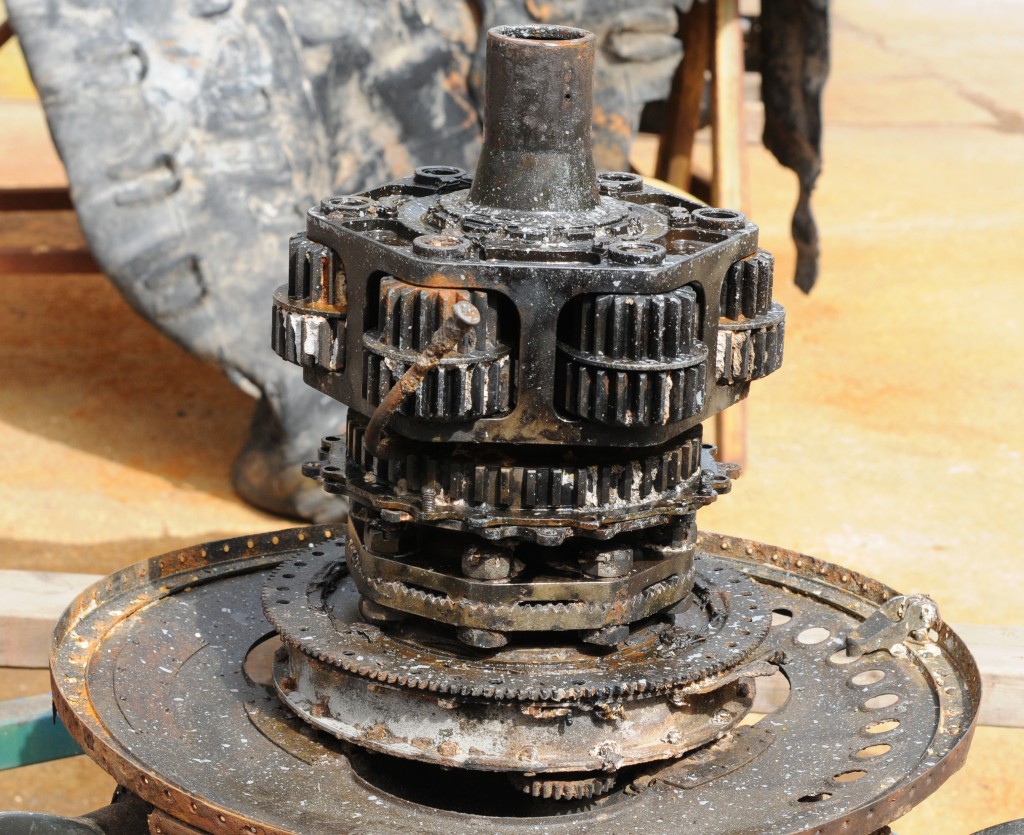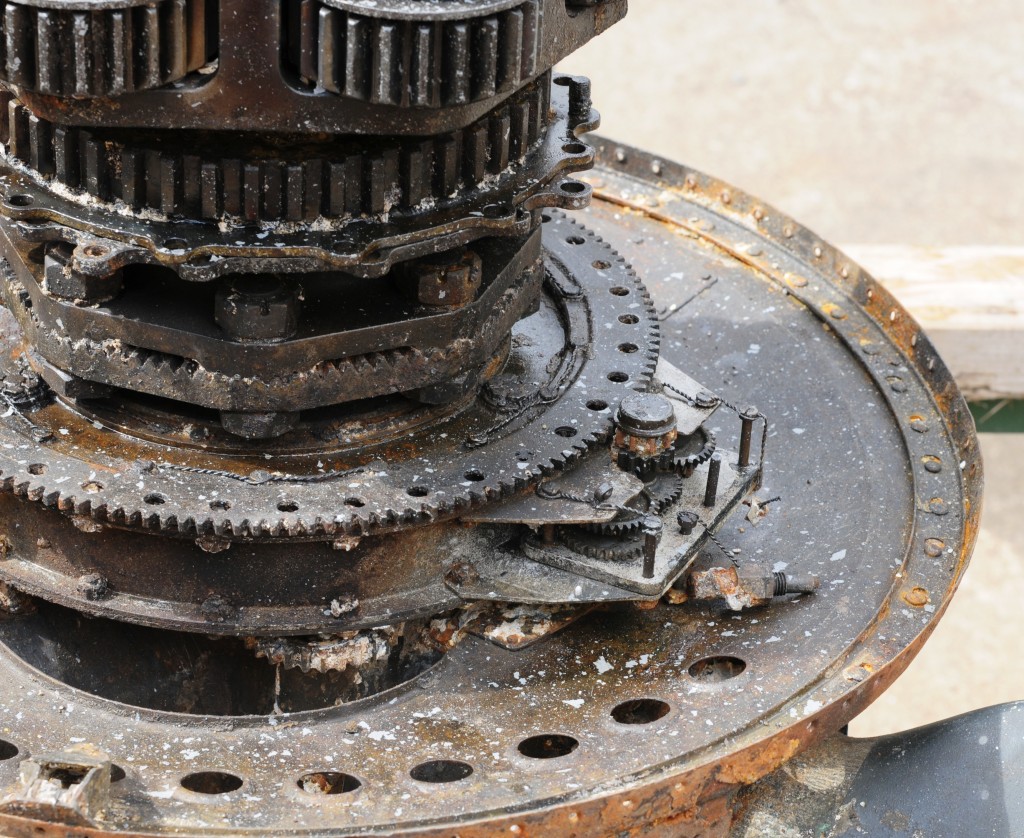Året 2020
Året 2020 ble et godt år for Heinkel 115 prosjektet hvor gjennom mange positive ting har skjedd.
Vi har
gjennom flere år hatt restriksjoner for hvilken type arbeid som vi kunne gjøre
på flyet. I løpet av året som har gikk har Forsvarets Museer langt på vei opphevet
disse restriksjonene.
Den
tidligere Heinkel 115 styringsgruppen er nedlagt. Som en erstatning for denne
er det etablert en støttegruppe med medlemmer fra Venneforeningen, samt to
konservatorer som er engasjert av Jærmuseet. Denne løsningen gir oss som
arbeider med flyet en enkel tilgang til en meget allsidig erfaring og
kompetanse.
Det også i
løpet av året som har gått blitt en omforent forståelse for at det kan være
nødvendig å gjøre noen inngrep på senterseksjonen. Dette gjelder i hovedsak bærebjelker,
med tilhørende innfestninger for vinger og flottører. Dette har medført at det nå
blir arbeidet for å finne løsninger for hvordan et slikt arbeid kan bli
gjennomført. Vårt mål er fortsatt å gjøre små inngrep og konservere så mulig så
mye av denne seksjonen.
Det har
gjennom hele året blitt arbeidet med en rekke forskjellige delprosjekter. I de
tilfeller hvor utstyr helt ødelagt integrerer vi det som måtte være igjen av
det originale utstyret i det nye som bygges.
Et eksempel er
arbeidet som nå er ferdig med å bygge en ny hydraulikks håndpumpe for flap og
åpning av bombeluker m.m. Av den originale pumpen var det bare igjen håndtak, mekanisk
overføring til stempler, stempler og endelokkene. Nevnte deler er bygget av
høyverdige materialer og hadde klart seg godt nede på fjordbunnen. Hele
pumpehuset og sylindrene var derimot tilnærmet helt korrodert bort. Pumpe hus og sylindrer er nå blitt gjenoppbygd
og pumpen kan nå igjen brukes til å pumpe olje. De oven for nevnte gjenværende
deler er blitt integrert i den nye pumpen.
Det er også
gjennom året laget et nytt instrumentpanel til cockpit. Selv om det meste av
det originale panelet var borte da flyet ble hevet, vil likevel det nye panelet
bli utstyrt med originale instrumenter. Dette er instrumenter som ble funnet i
flyet og som nå er blitt konservert og i noen tilfeller delvis gjenoppbygd.
Gjennom
arbeidet med instrumentene har vi samtidig skaffet oss en god oversikt over
hvilke instrumenter og annet tilsvarende utstyr som har vært i flyets cockpit
og neseseksjon.
Et annen av
de større tingene som er blitt gjort gjennom 2020 er arbeidet med å gjenoppbygge
systemet for oppheng og overføringer fra siderors og tå pedalene. Også her er gjenværende
originale deler blitt integrert i det nye ferdige produktet.
Det er også blitt
jobbet mye med å konservere originalt elektrisk utstyr. Dette er ting som automatsikringer,
brytere, rekkeklemmer og mange andre mindre elektriske komponenter. Arbeidet er
et tidkrevende tålmodighetsarbeid som nå virkelig begynner å vise igjen i form
av ferdig konserverte deler. Disse er enten allerede er blitt montert tilbake i
flyet, eller ligger på lager klar for bruk..
Den store og
omfattende kabelgaten langs babord side av cockpiten ble også ferdig tidlig i
2020
Den ytre
seksjonen av den ene motorbukken manglet helt da flyet ble hevet i juni 2012.
Dette fordi at den ene motoren ble berget før flyet sank i desember 1942. Den
manglende seksjonen er i løpet av høsten blitt bygd ny. Samtidig har det vi har
av originale braketter og annet utstyr til motorbukkene blitt tilbake montert
på motorbukkene.
Foto dele arkiv
og dokumentasjon er en tidskrevende oppgave som løper så lenge som prosjektet
pågår. Det er også gjennom 2020 blitt jobbet mye med disse tingene.
Da flyet ble
hevet i juni 2012 ble noen få mindre deler liggende igjen på funnstedet. Det ble
i året som gikk gjort flere ROV dykk på havaristedet i Hafsfjord. Selv om flyet var uvanlig komplett til
sjøvrak å være, manglet også vårt fly ting som ikke lar seg oppdrive andre steder.
Det er derfor sendt en ny søknad om å få heve He 115 deler fra Limingen.
